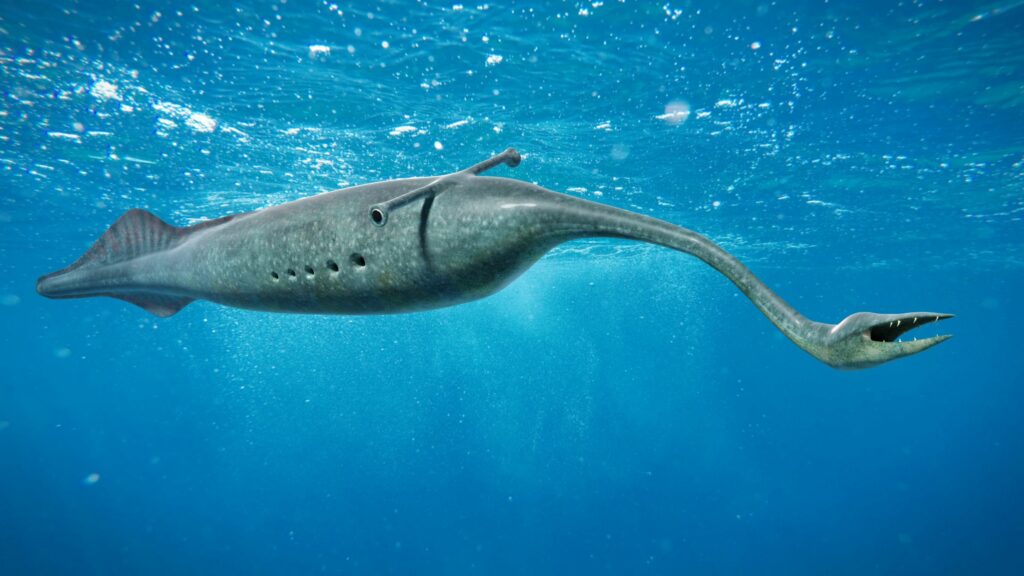
A new fossil ape from Turkey challenges existing theories about human origins and suggests that the ancestors of African apes and humans evolved in Europe.

On the rocky shores of Gibraltar, archaeologists have discovered a new chamber in a cave system that was a hangout of some of Europe's last surviving Neanderthals.

You've probably heard of the term "Black Irish," but who were these people? Where did they live and where did they come from?

Meganeuropsis permiana is an extinct species of insect that lived during the Carboniferous period. It is known for being the largest flying insect that ever existed.

A Type V civilization would be advanced enough to to escape their universe of origin and explore the multiverse. Such a civilization would have mastered technology to a point where they could simulate or build a custom universe.

The remarkably well-preserved bison was first discovered by gold miners in 1979 and handed over to scientists as a rare find, being the only known example of a Pleistocene bison reclaimed from the permafrost. That said, it didn’t stop gastronomically curious researchers from whipping up a batch of Pleistocene-era bison neck stew.

Glyptodons were large, armored mammals that grew to the size of a Volkswagen Beetle, and natives took shelter inside their gigantic shells.

The Tully Monster, a prehistoric creature that has long puzzled scientists and marine enthusiasts alike.

Prehistoric cave paintings in Spain show Neanderthals were artists about 65,000 years ago. They were more human-like.

Archaeologists discovered 200,000-year-old hand and footprints on the Tibetan Plateau at an altitude of 4,269 meters above sea level, that could be the world’s earliest cave art.










